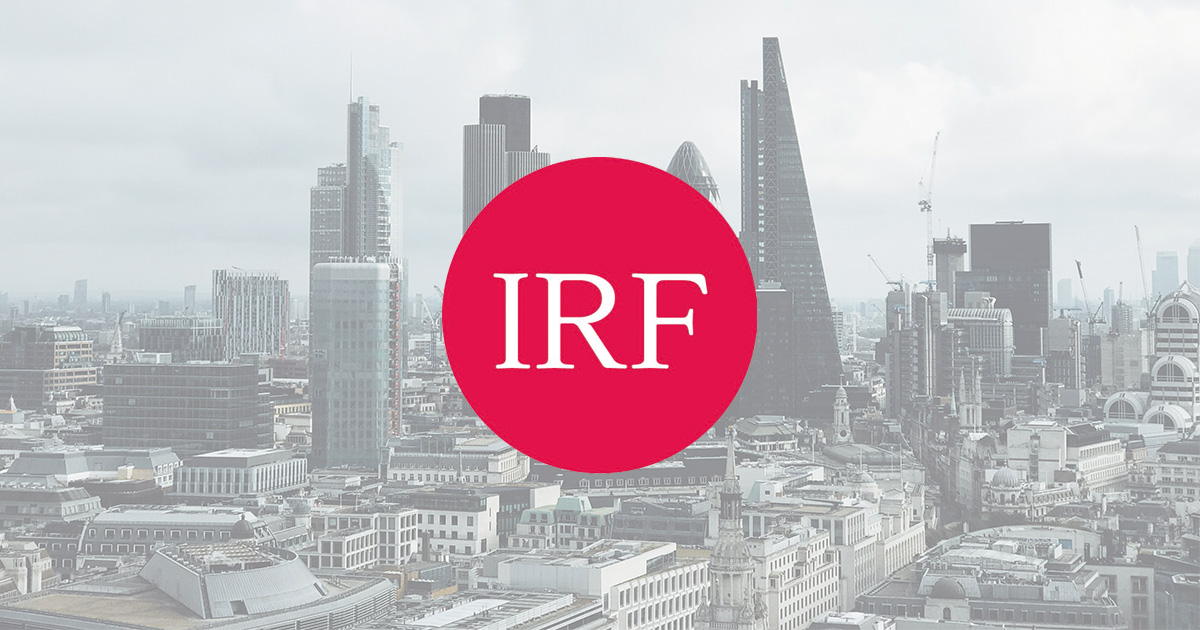How Far will Reflation Go?
Minack Advisors
Tue 01 Jun 2021 - 09:00
Summary
Gerard focused his conference call on Inflation, the forces behind secular stagnation, why he believes this cycle will be different and brief comments on his markets outlook.
Most of the factors behind secular stagnation are intensifying, and with no changes in policy response, there will still be disinflation. However, the world is moving towards fiscal dominance, where fiscal policy is the leading response to secular stagnation. This shift has been due to conventional monetary policy becoming exhausted; the policy framework has changed towards accepting ongoing fiscal stimulus; and because austerity has at least partially increased populism. The key test of the shift to fiscal dominance is not what happens in the crisis, it is what happens in the expansion. Policymakers must avoid the discretionary fiscal tightening that followed the GFC.
Growth leadership now is very different to the post-GFC cycle. Following the GFC, Chinese stimulus amounted to 8.5% of global GDP, whereas now China is doing very little. However, US stimulus stands at 30% of GDP and 7.5% of Global GDP. So growth leadership is with the US, not China. Central Bankers acting as funders, enablers and backstops. Gerard sees the biggest risk of this scenario as policymakers prematurely withdrawing their fiscal stimulus, using the example of fiscal tightening in Japan that wiped out promising expansions.
On goods sector inflation, consumer spending was on goods rather than services during the lockdowns. Freight rates in global shipping have quadrupled and base metals are up 50%. Energy has shown little change from the 2019 average. Delivery times have extended which has been another contributing factor behind inflation. The greatest surprise in the inflation story has been how much has flown through to consumers, attributed to the unusual degree of market power for sellers as inventory levels and stock to sales ratios are at all time lows. This inflation is transitory, reflecting short term disruptions to supply chains.
The main focus is on service sector inflation, and labour market conditions. It is unlikely the Fed will tighten anytime before 2023, as looking at labour market measures, there remains a lot of slack in the system. Payrolls have fallen from their prior cycle peak beckoning the question whether unemployment will go as low this cycle as it was in the last, without generating significant wage inflation. Corporates have said the labour market is tight and they plan to increase pay, although better measures of wages have remained well behaved. The big issue for the Fed will be labour market inflation. Gerard’s mid-level conviction call is that the labour market will operate similarly to the post-GFC cycle, which would mean no Fed tightening until 2023. However, if the mismatch in the labour market is more persistent, Fed tightening could come in the second half of 2022.
Lastly, Gerard moved onto his market outlook. Equities have passed an important threshold recently, between the Goldilocks phase and the slightly ambivalent phase when manufacturing ISM hits 60, equities tend to become more volatile, and rate of gains slows. This cycle, the Goldilocks phase has been extended with the Fed not tightening and no inflation concerns, however now that inflation is a concern, equities will become increasingly volatile and should be scaled back in asset allocation. The biggest upgrades have been in energy, materials and financials which gives opportunity to rotate out of the expensive laggards and into cheaper sectors. Looking at market sensitivity, Europe, Japan, and the emerging markets have traditionally been more cyclical than the US market. But this time is different: the US has seen the biggest upgrades in EPS, whilst surprisingly China has seen downgrades. Value has begun to outperform growth. Gerard sees US 10-year yields to hi 2% and 3% in the next year and ultimately reach 4%.
Topics
Policy makers have the tools to sustain strong growth, the question is whether they are willing to use them
When will concerns about inflation & rates offset expectations for strong earnings?
How to hedge inflation risk
